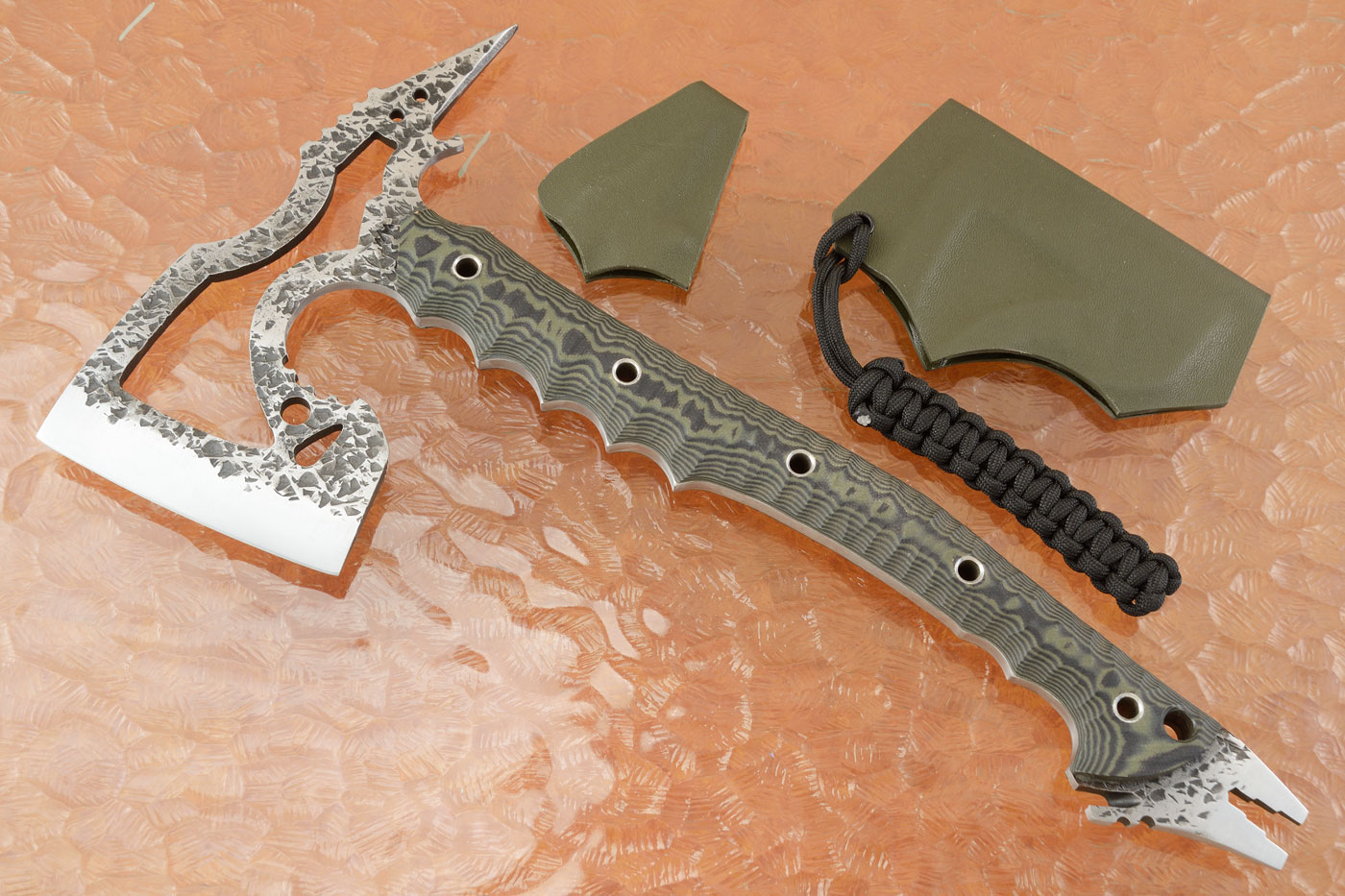
I was learning fencing for some time and hitting something as narrow as gap in plate armor while being in combat vs moving target is almost impossible if you are not really world top-level.Īlso Estoc blade is too flexible to be able to pierce through chainmailrings, a lot of impact would be galnced. It’s not that easy at all, even for master swordsman. I want to see someone trying to use estoc to hit gaps between plate armor on highly trained, moving, dodging and blocking target.

Though it was not their primary role but they defintelly had more “armor penetration” than 1h axe or Dane Axe :).
#Armor piercing tactical spike skin
Since Knight had plate armor, chainmail under it, then padded armor and then skin and muscles it was necessary for such blades to be long to actually reach vital points.Īlso two-handed swords (though primary developed to fight cavalery) were also effective due to their weight and blunt force (hence why most weren’t even sharpened well).

Blades were narrow enough and double-edge to be able to cut open a chainmail rings below plate armor too. Honored mention are specially designed long daggers with very narrow blades there were used to pierce through plate armor gaps. Very deadly and painful stabs.īasicelly any blade-based weapon is totally ineffective against plate armor or even chainmail (expect for axes which can with enough force or medium quality chainmail penetrate rings) as you can’t cut reinforced steel (despite what stupid movies and anime shows) and blunt and heavy weapons like war hammer, maces, poleaxes, halberds (blunt side) were very effective at it. Hence why war hammers, maces, pole axes were created.Īlso as you can see some war hammer and all poleaxes had a long narrow spike at top to pierce through enemy armor gaps or holes in helmet. Axe blades were many times even thiner than swords to not make them too heavy:

There were not effective vs plate armors as you can’t cut plate armor at all with any melee weapon or hack into it with axe and since axe need relatively “soft” spot to hack into - the round shapes of plates made it mostly glance off without the necessary “bite” to transfer kinetic energy. They were not heavy at all (even Dane Axes have very light and thin blades) as it was about speed and momentum focused on heavy-tip weapon to hack into something or slice a deep wound on unarmored opponent. Axes should not have it though if we go by history accuracy as axes were weapons that worked the best on light armored opponents and chainmails as it allowed to hack into opponent and cause massive damage. So yes, Mace should have armor piercing, same as 1h hammer and 2h hammer. They were also relatively small and weight no more than 1,5-2 kg as they already had a lot more kinetic energy due to being tip-heavy instead of balanced like swords, which have considerably less force behind swings.Įxample of such “spikes” on blunt weapons: Reason why people die in crashes or hitting a ground- their skin is intact but the insides are destroyed, that is caused by kinetic impact. Blunt weapons don’t need to pierce armor as Force is always transfered and can cause a lot of damage. Maces and War Hammer often had a pointy spikes to “bite” into armor (so it won’t glance) transfering the whole Force of a blow into that one place and cause great damage under armor.

That is correct, maces and war hammers were pretty much developed to counter heavier armors because the Force from blow still carriers to the enemy body, crashing bones, causing tissue damage, internal bleeding and severe pain.


 0 kommentar(er)
0 kommentar(er)
